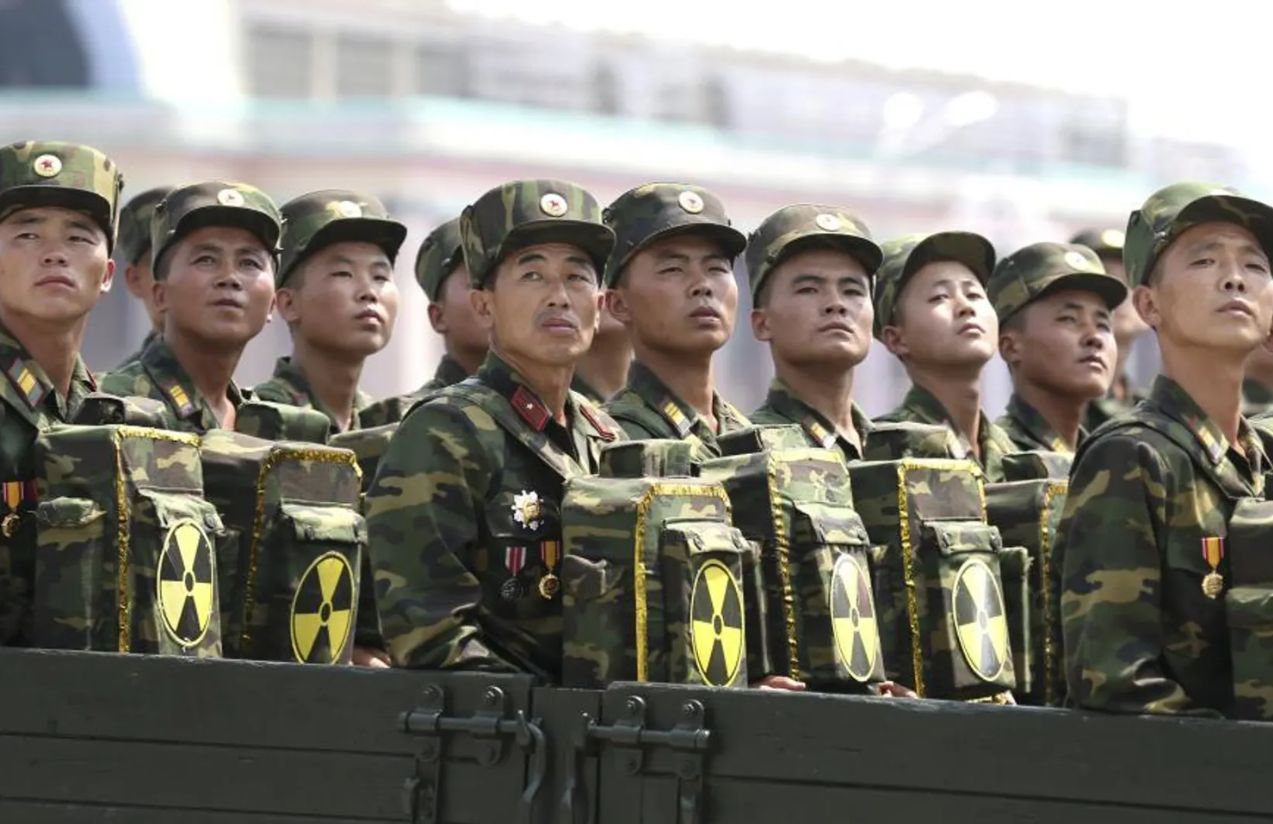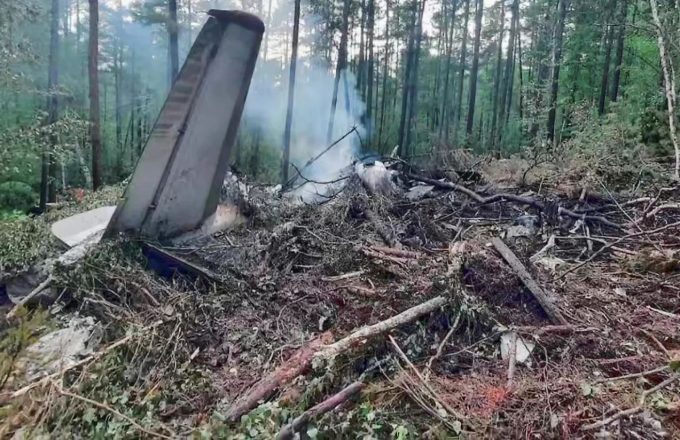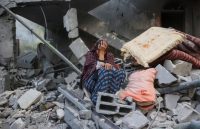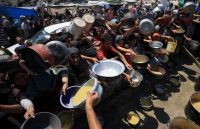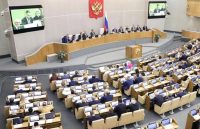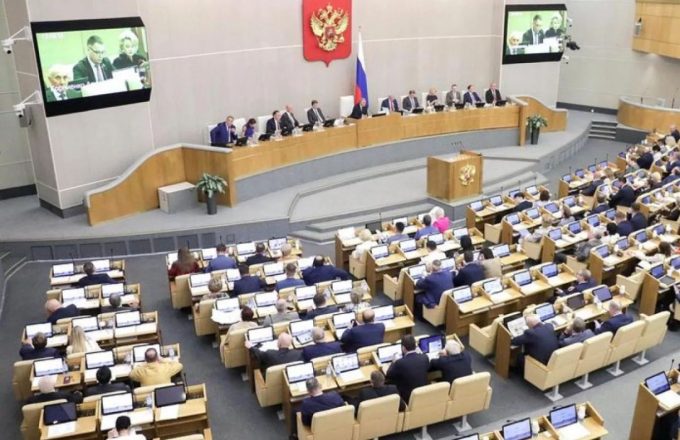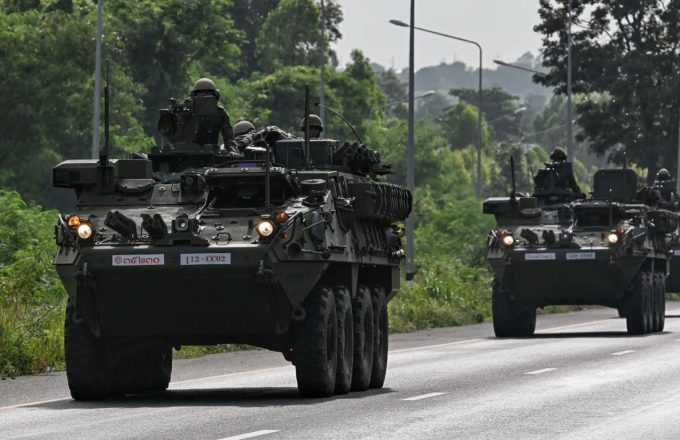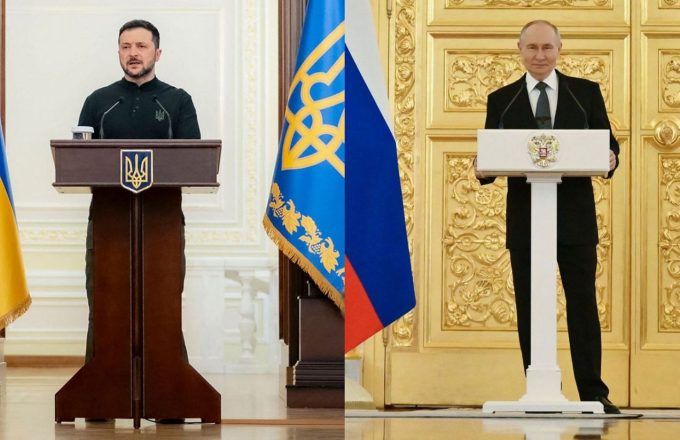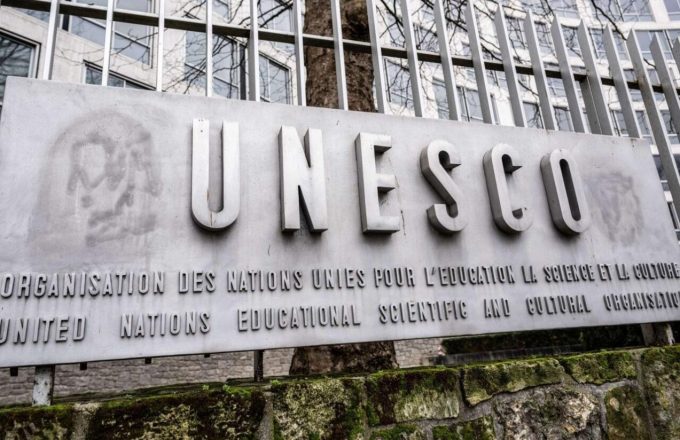A troubling paradox is unfolding in Europe’s ongoing war. While Ukraine has managed to weaken parts of Russia’s artillery capabilities, a new threat has steadily grown in the background: a deepening technological and military alliance between Russia and North Korea. Although Kyiv quickly rose as a key player in combat drone development, Moscow now appears determined to surpass it.
What began as limited cooperation between Russia and North Korea has evolved into a strategic alliance with implications far beyond Ukraine. According to Japanese and Western media citing diplomatic sources, Pyongyang has begun sending up to 25,000 workers to the Alabuga Special Economic Zone in Russia’s Tatarstan Republic. Their mission: to massively scale up the production of Iranian-designed Shahed drones—Moscow’s main weapon for saturation air strikes in Ukraine.
But the agreement goes further. It also includes the transfer of operational know-how, training in drone system usage, and support for reconstruction in combat-damaged regions such as Kursk, which suffered heavy destruction during Ukraine’s August 2024 offensive.
The arrival of North Korean workers addresses not only Russia’s shortage of skilled labor but also helps consolidate a political and military axis united by shared opposition to the West. The Alabuga plant—now the heart of Russia’s Shahed drone program—is currently producing around 2,000 units per month, with plans to double that figure thanks to the new labor force. Satellite imagery reveals significant expansion in the area, including the construction of mass dormitories to house workers in a model of permanent, intensive occupation.
This logistical boost aims to ensure uninterrupted production, even under direct threat. On June 15, the factory was targeted by a Ukrainian drone strike involving an Aeroprakt A-22 loaded with explosives and towing a glider—a previously unseen tactic capable of hitting two targets simultaneously. The attack underscored the increasing sophistication of Ukraine’s operations.
Despite this, Shahed drones remain the backbone of Russia’s air campaign. Their mass deployment—often exceeding a hundred in a single night—forces Ukraine to rapidly deplete its stockpiles of anti-aircraft munitions, gradually weakening its defensive capabilities.
North Korean labor is also being deployed for reconstruction. Following an official visit to Pyongyang, Russian Defense Minister Sergei Shoigu confirmed the involvement of 1,000 North Korean sappers and at least 5,000 civilian workers in rebuilding Kursk. The region, retaken by Russian forces after weeks of fighting, is seen as critical to both morale and front-line logistics. Beyond the strategic value, the initiative also reflects domestic concerns: the Kremlin views Central Asian migrants as politically unstable and vulnerable to recruitment by Western or Ukrainian intelligence services—concerns that make North Korean workers a “loyal” alternative.
According to Ukrainian intelligence chief Kyrylo Budanov, some of these workers may end up signing contracts with Russia’s Ministry of Defense, forming unofficial paramilitary units with Russian status but North Korean origins—a further step in the fusion of foreign labor with regular military structures.
This alliance also carries deeper technological implications. Moscow is reportedly helping Pyongyang improve the accuracy of its KN-23 ballistic missiles, upgrade long-range air-to-air weapons, and strengthen its submarine-launched missile capabilities.
In return, North Korea is developing the infrastructure to locally produce Shahed drones, potentially gaining the ability to launch mass, simultaneous drone attacks capable of overwhelming South Korea’s air defenses. This would mark a strategic leap for a country that until recently operated on the fringes of global military-industrial networks—one now emerging as a key player in asymmetric technological warfare.
Ultimately, the image of thousands of Russians and North Koreans working side by side on a drone assembly line symbolizes more than a military pact. It represents the rise of a new authoritarian axis—economic, industrial, and strategic—that directly challenges the Western-led international order.
If Russia succeeds in stabilizing its front lines with mass-produced drones and simultaneously boosts North Korea’s offensive capabilities in Asia, the global security architecture may undergo a dangerous transformation. This is no longer just a transaction of labor for weapons—it’s the formation of a coordinated network of shared interests and narratives aimed squarely at the United States, Europe, and their Asian allies.


